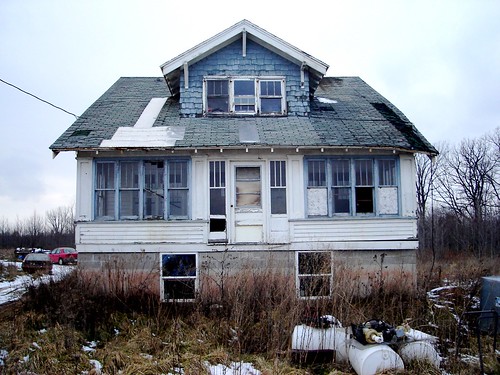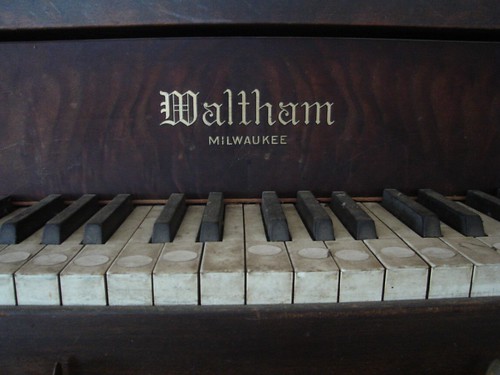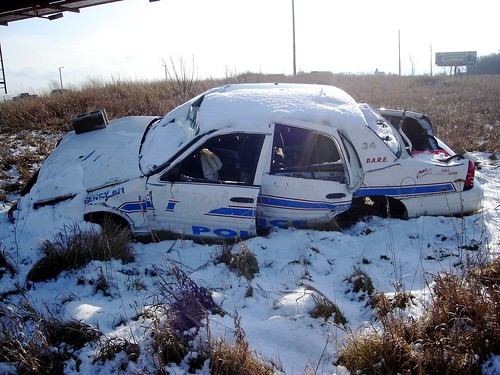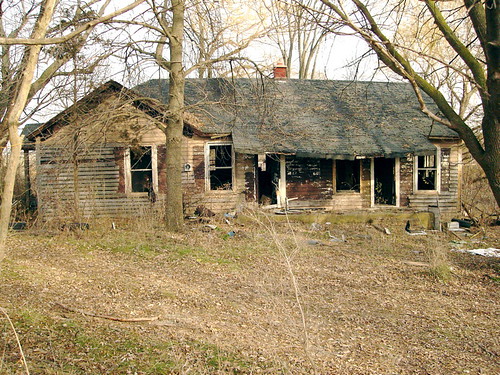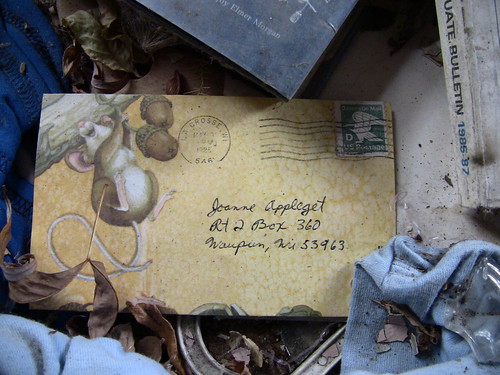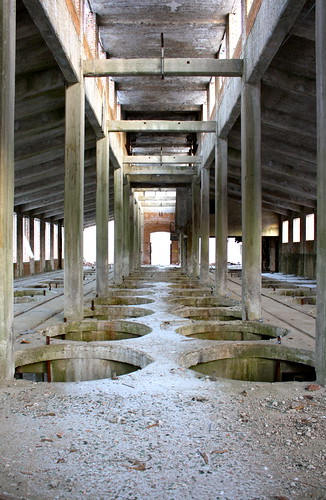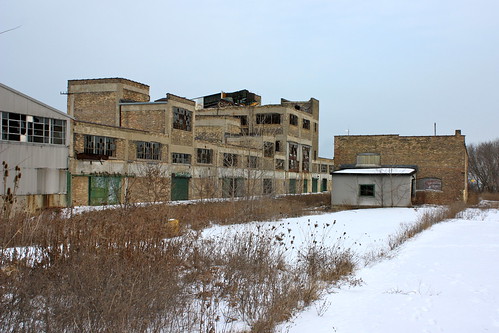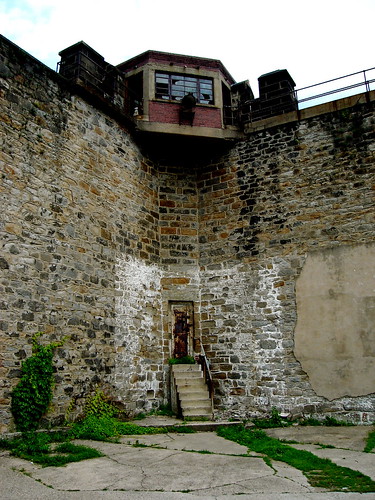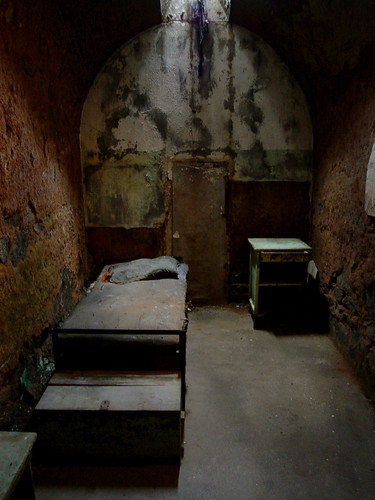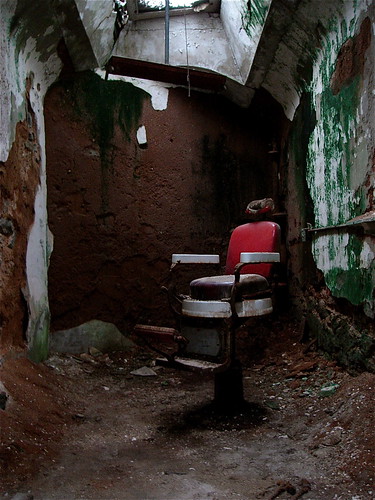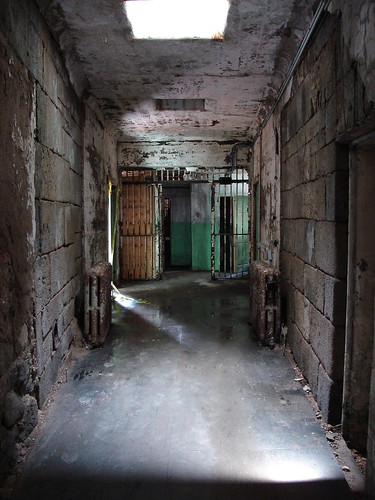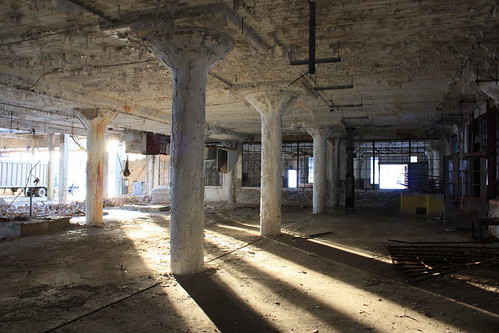
Have you ever eaten Jell-O? If the answer is yes, then Peter Cooper has been a part of your life.
New York-based industrialist Peter Cooper received a patent for gelatin in 1845. He is also known for his other major contributions to American history. He also designed the first steam locomotive in the United States. To this date, he holds the record for being the oldest person ever nominated to run for President at the age of 85.
Located just south of Milwaukee in an area called Carrollville sits a huge abandoned complex of buildings at the end of a long road. For decades the Peter Cooper Glue Factory and adjacent business properties have remained dormant. It is a well-travelled urbex location.
The US Department of Health & Human Services wrote about the site in a report.
This area of Oak Creek is historically referred to as Carrollville, though many current Oak Creek residents may not be familiar with the name (Cech 2005). In 1899, the Milwaukee tanning industry established the U.S. Glue Company factory in Carrollville to make glue from remnants and scraps of animal hides, both tanned and untanned. During the 1930s, the U.S. Glue Company sold the factory to the Peter Cooper Corporation, who then sold the factory in 1976 to the French pharmaceutical company Rousselot. Manufacturing of glue continued at the factory until it closed in 1985.
For Milwaukee area old-timers the name Peter Cooper is synonymous with putrid stench. Julio Guerrero (PDF) includes an excerpt from the book Carrollville in Retrospect to explain why the area around the factory smelled so foul.
“The (cow) hides are washed, soaked in lime for 70 days to expand them, washed and treated with acid to neutralize the lime, then cooked in water until becoming a liquor which is spread out to dry for two and one-half hours in one of two million dollar ovens. The dry glue is then ground to a powder and sold. The drying ovens replaced the natural drying process that was handled by the flopper girls, who handled the 4’ x 6’ sheet of glue that seldom dried in a uniform way and often developed mold thereby causing the loss of the entire batch.”
The previously mentioned USDH&HS report details the fire that destroyed much of the Peter Cooper factory in 1987.
In November 1987, a fire broke out in the main buildings of the vacant Peter Cooper facility. This was one the largest fires in the history of Oak Creek, and the wooden structure was consumed by the blaze and fire fighters focused on saving adjacent buildings (Oak Creek FD, 2007). Cech (2005) states, “three of the four stories of the main building had been destroyed, the entire west wall had collapsed, and the remaining ground floor was gutted.”
As of January, 2010 the site was under active demolition.
Research Links:
Biographical information on Peter Cooper
Extensive writeup on Peter Cooper
Understanding the Experience of Mexican Workers in the Peter Cooper Glue and Gelatin Factory in the 1960’s (PDF)
Mention of the factory in The Milwaukee Journal
Peter Cooper fire of 1987
UER thread on Peter Cooper Glue
Urban Land Institute report with extensive statistical, geographic, and photographic information (PDF)
US Department of Health and Human Services report on health risks (PDF)
JS Online – Plans to demolish PCG move forward
Wikipedia article on Peter Cooper
A Blogspot write-up on Peter Cooper Glue Factory
My Flickr “Abandoned Glue Factory” set
